Hisserdude
Dynastes
Despite the scientific and common names, these beauties are native to the US, namely Florida, and they are actually the largest US Pyrophorini species, (though still put to shame by Pyrophorus noctilucus), with large adults being a little over an inch long. This strain comes from Miami, FL (@Lucanus collected them and sent me some adults, he is also the first to breed them!). So far this species has proven easy to breed and quite prolific, and I now have lots of larvae to work with and hopefully spread around in the hobby. 
Interestingly, unlike our other native Pyrophorini, these beetles have little pointy extensions to their elytra, and are also sexually dimorphic, with males having generally thinner body shapes and longer antennae than females, (most Pyrophorini seem to lack any sexual dimorphism). Here are some pictures of an adult male:
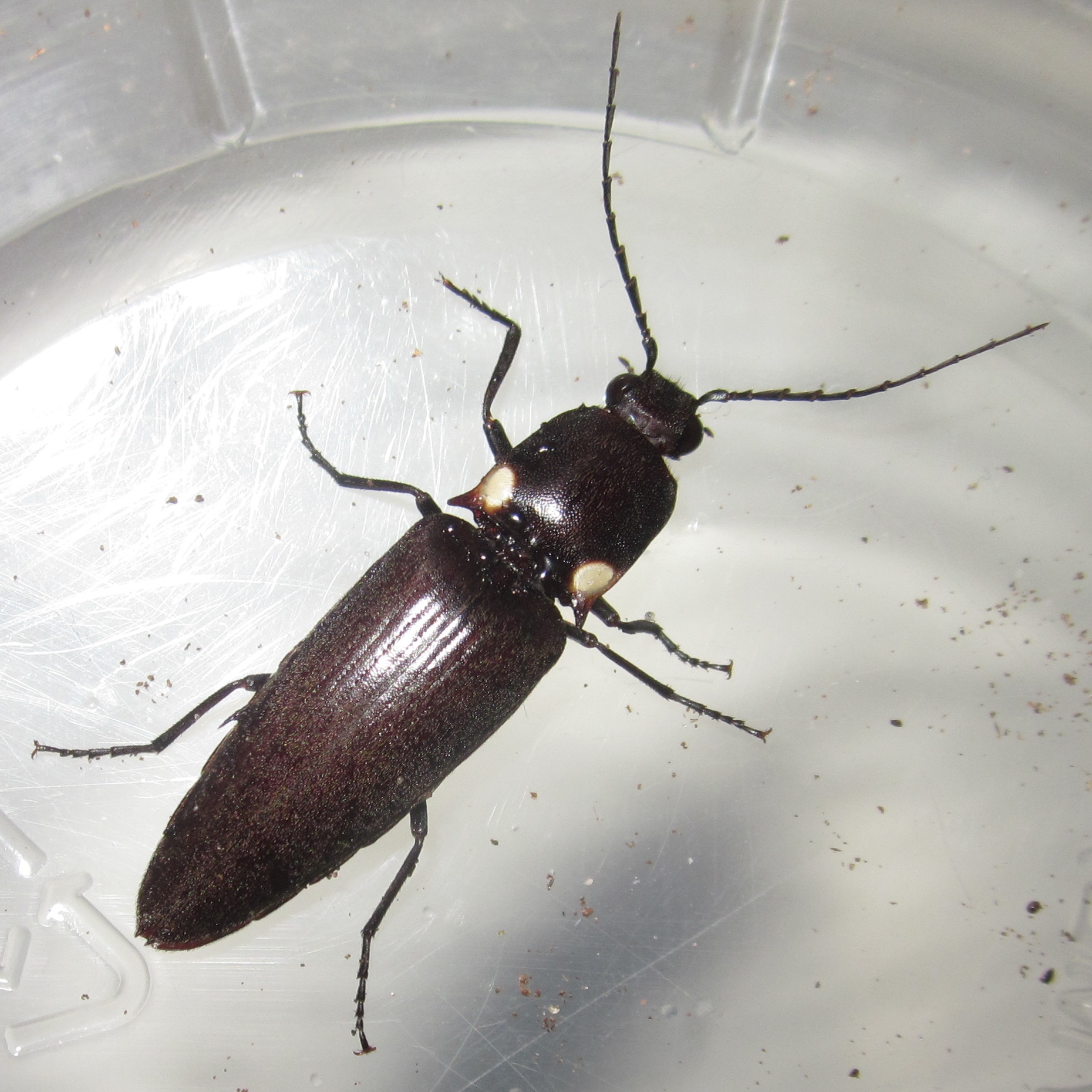
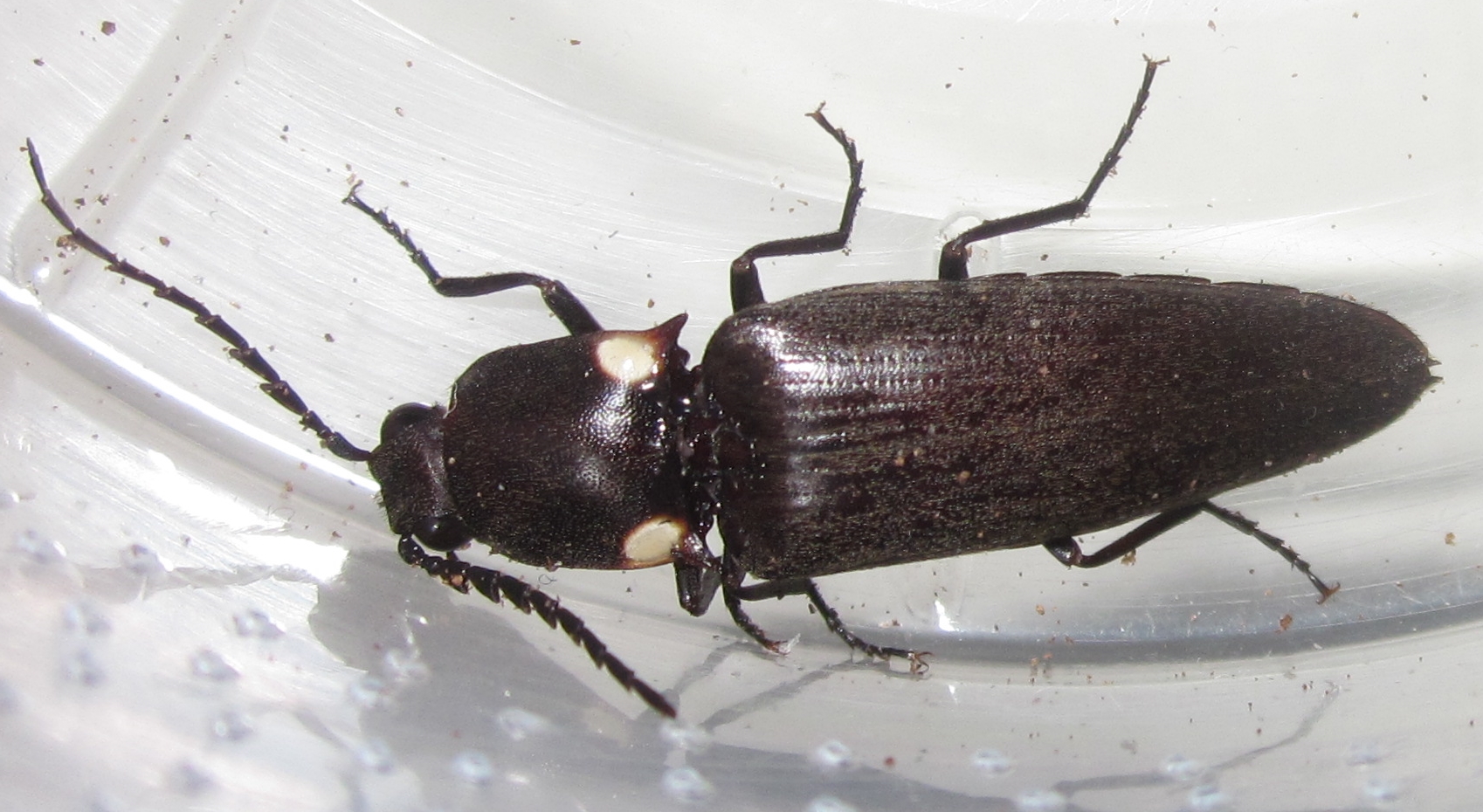
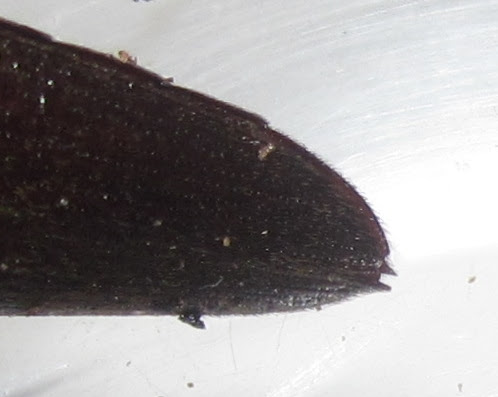
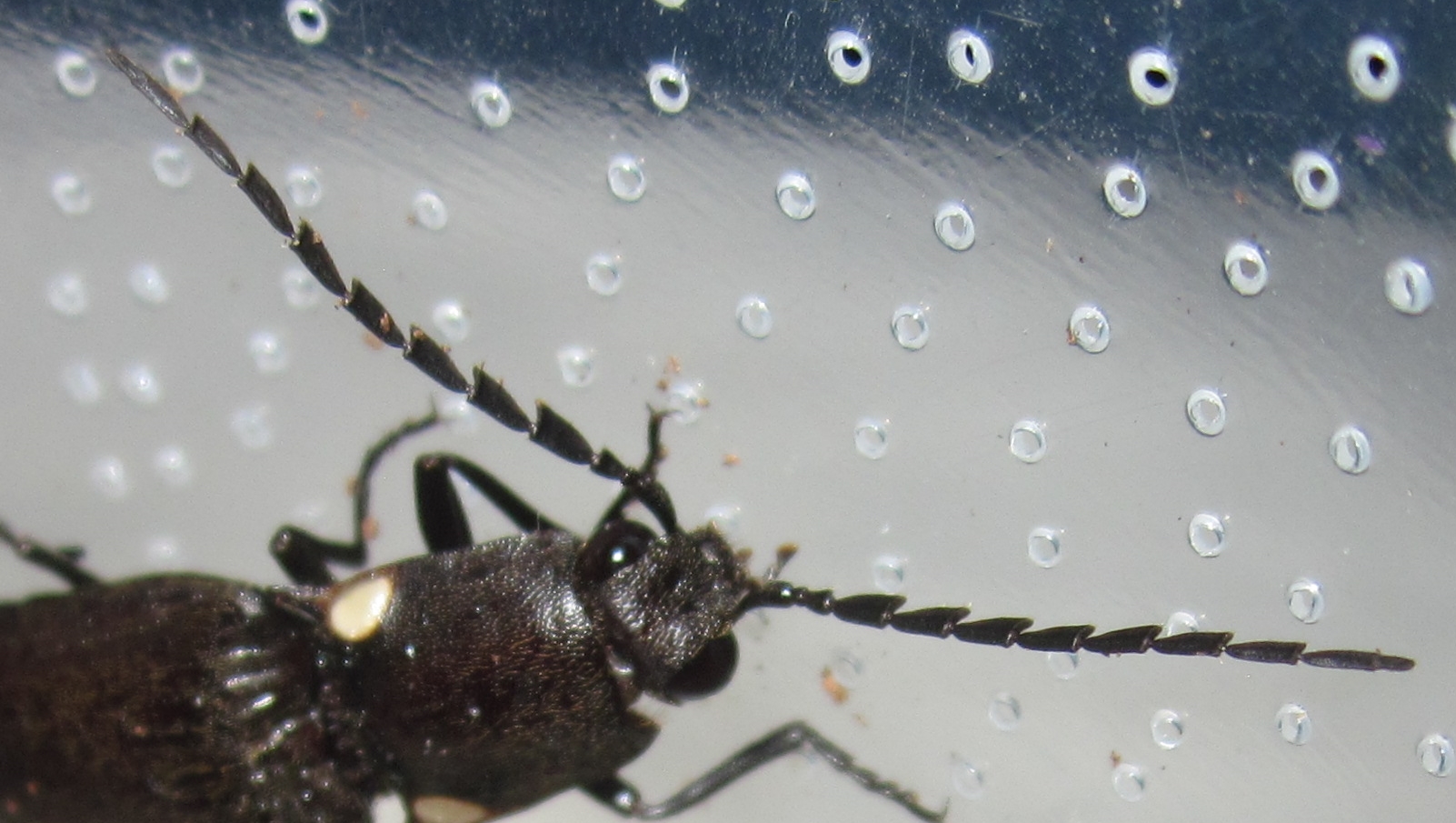
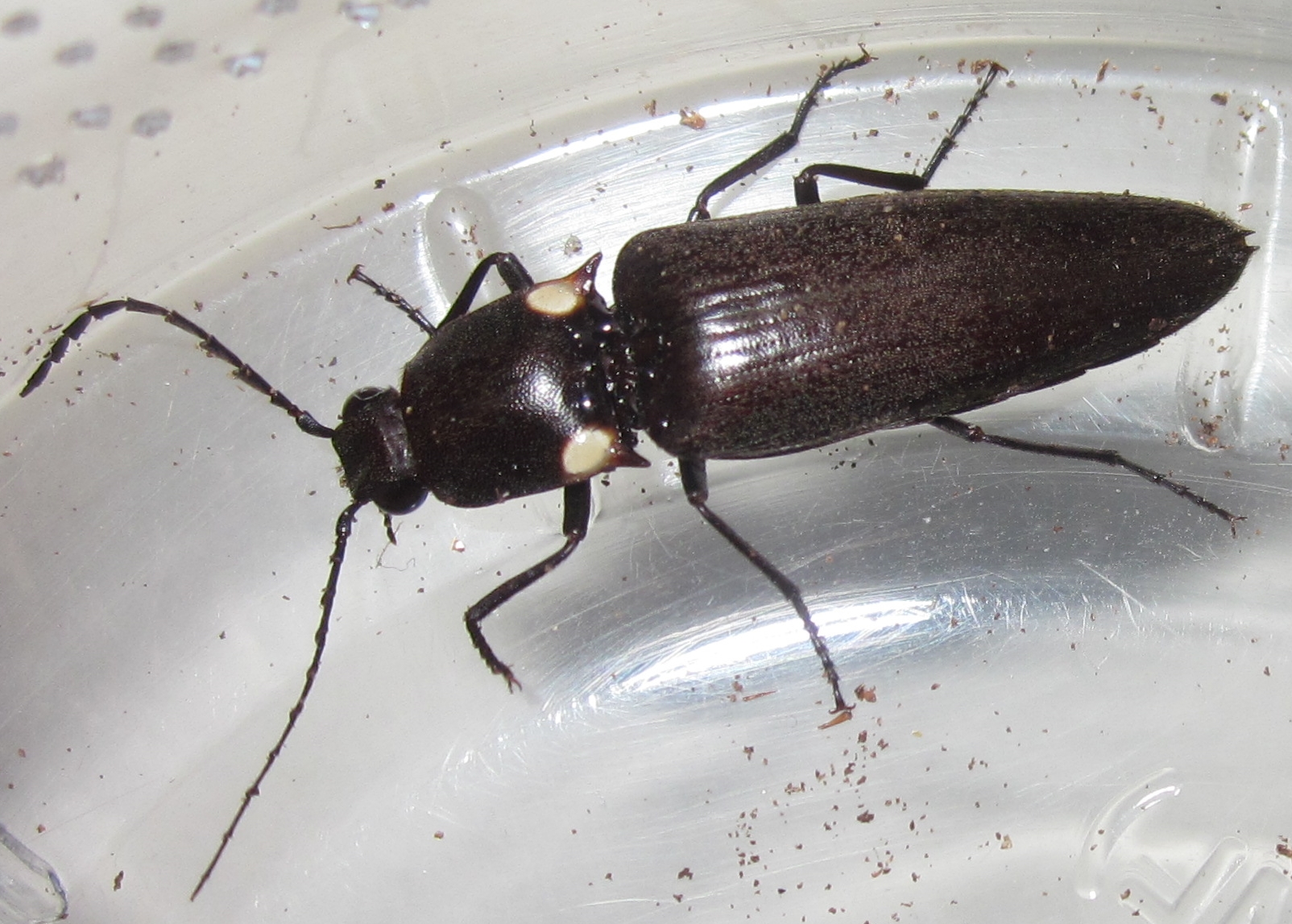
And now here's a female:
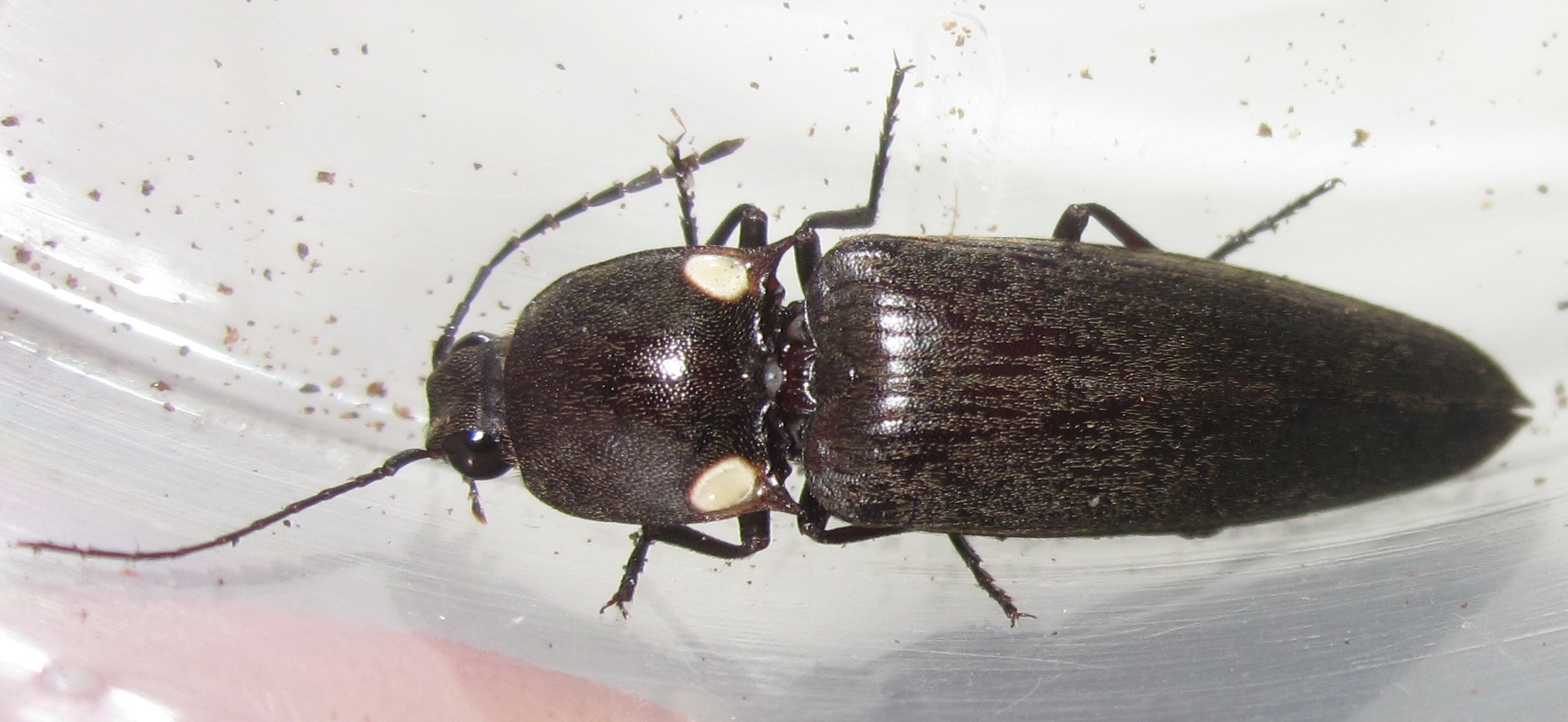

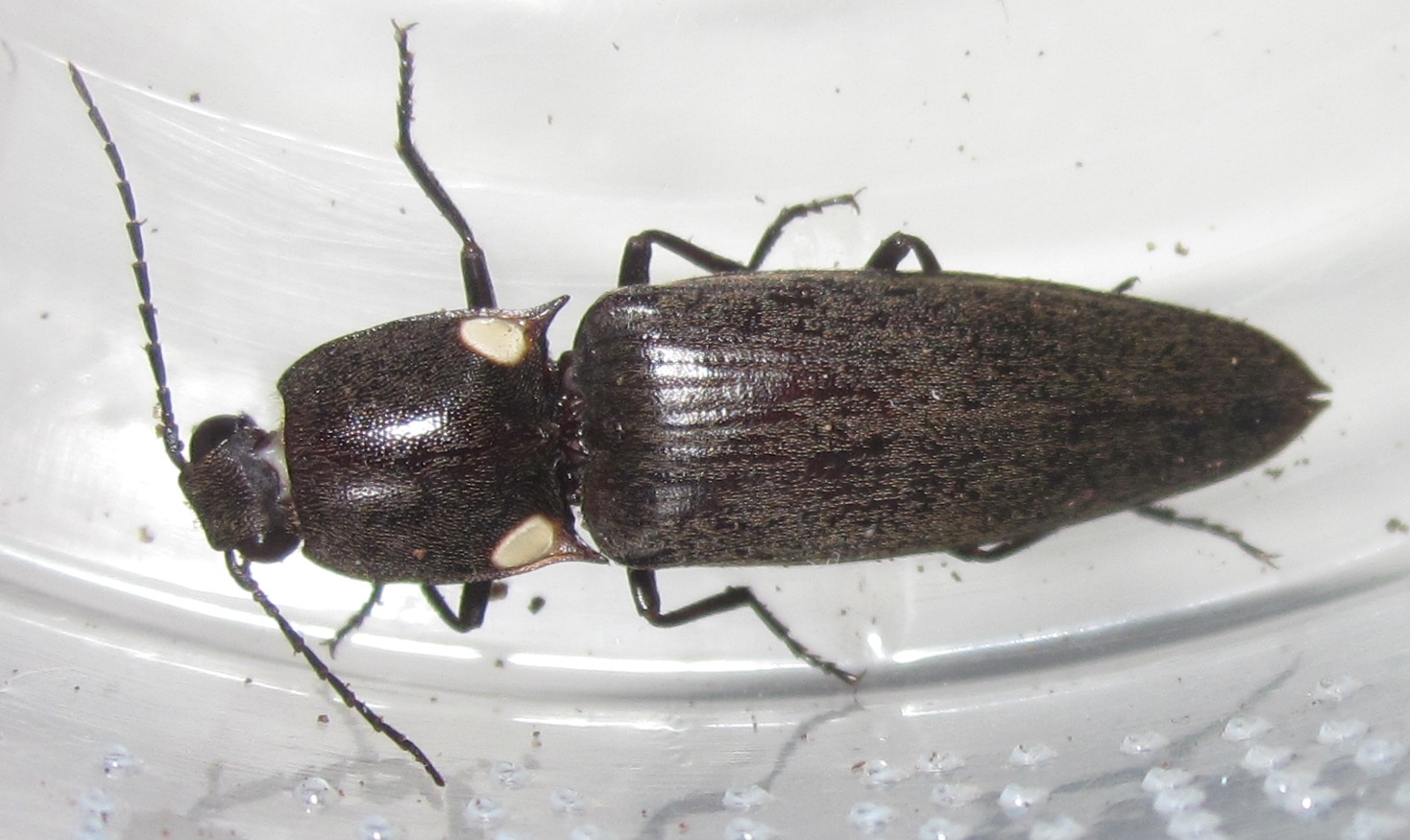
Now here is an adult male doing his thing, glowing from those two pronotum spots!
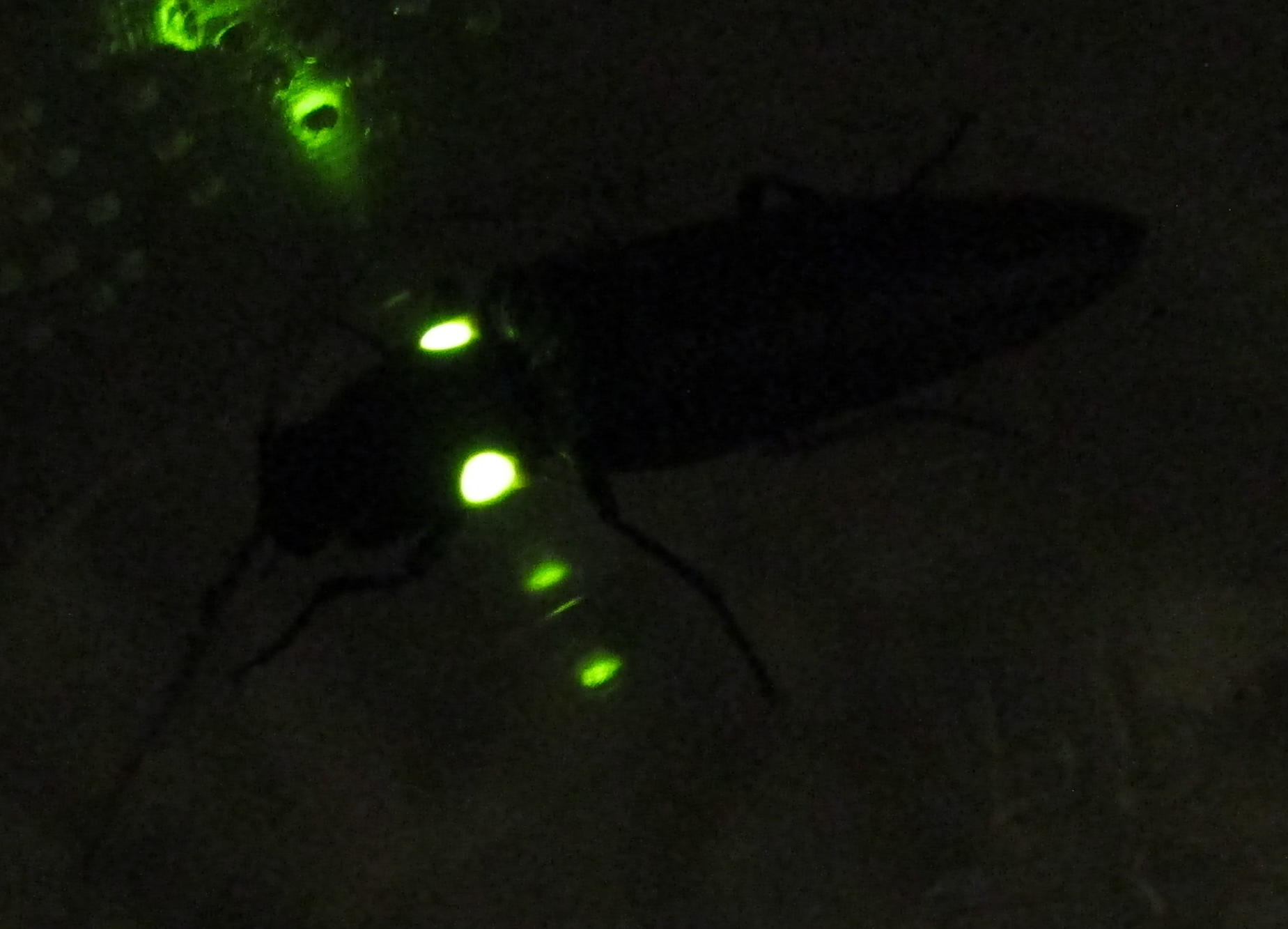
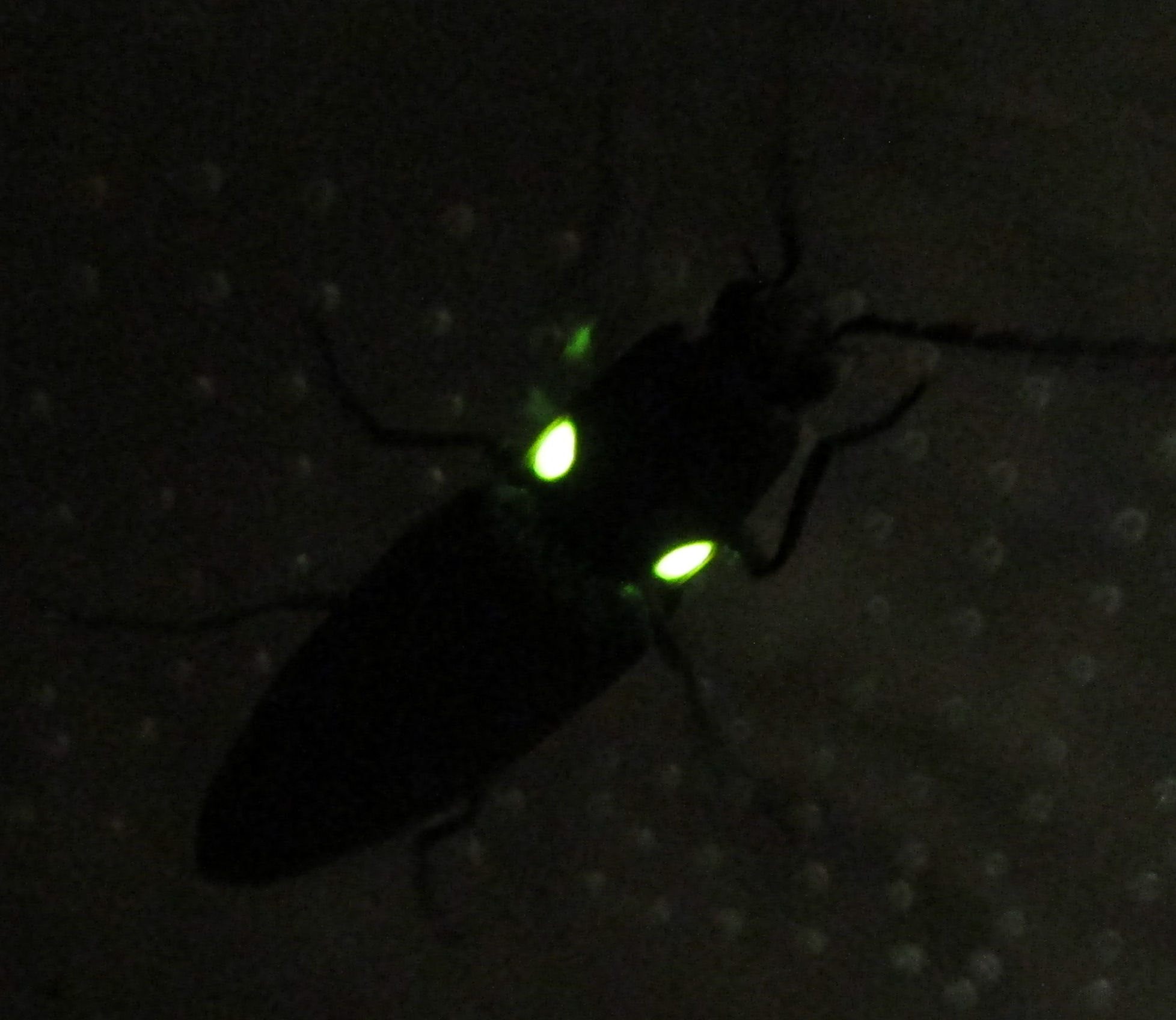
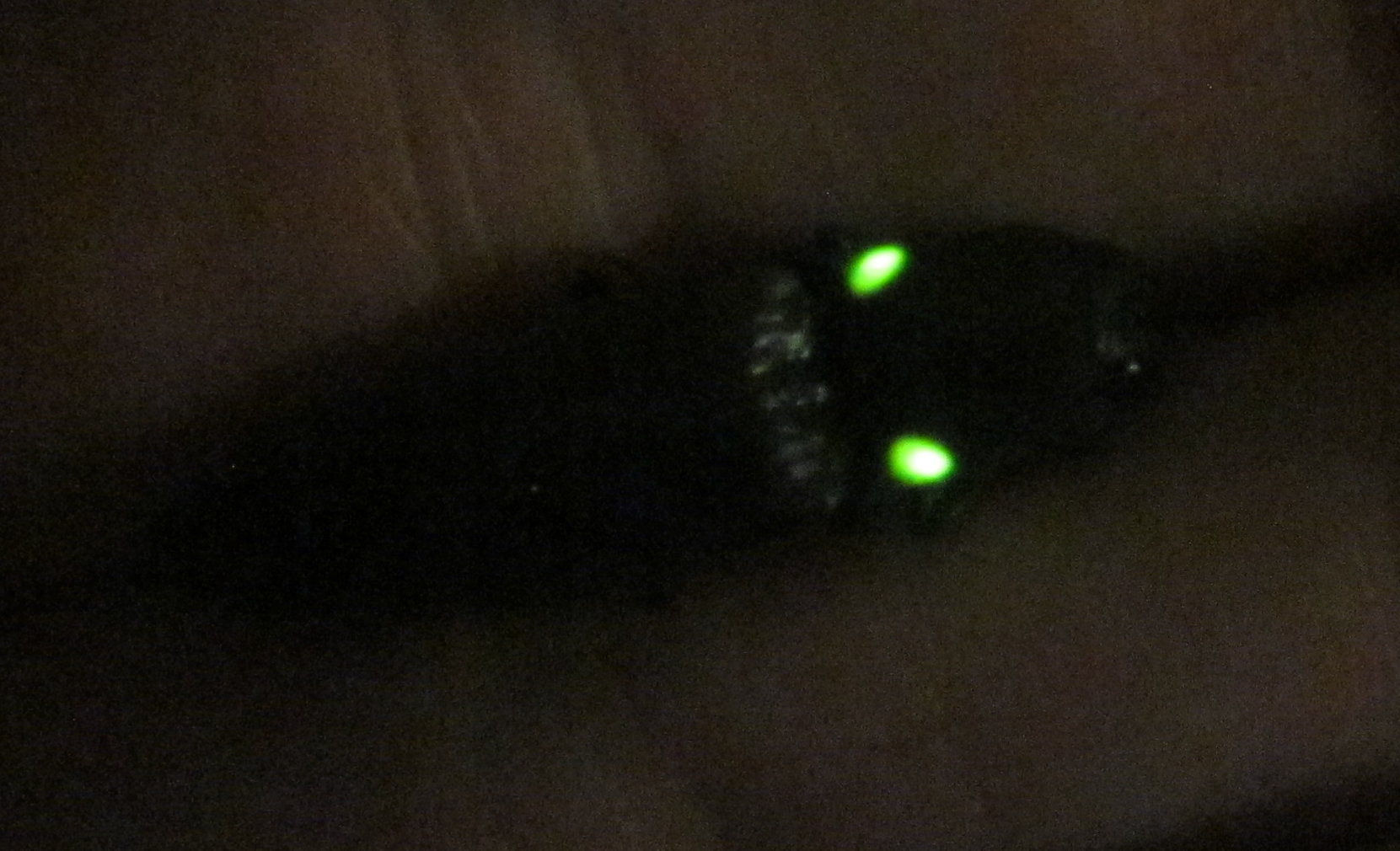
Here is an L1, CB larva:
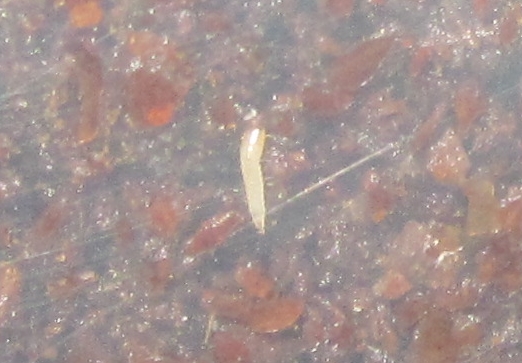
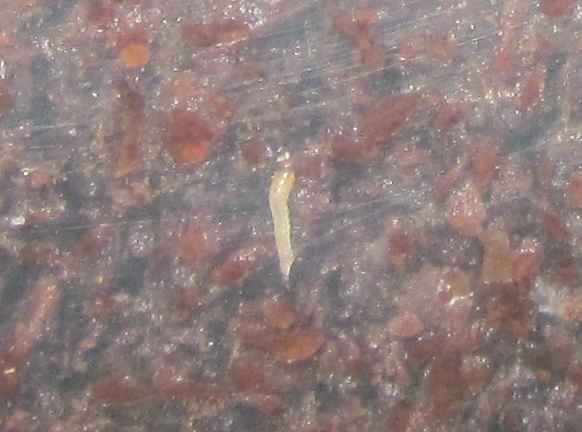
And lastly, here is a size comparison between my largest Pyrophorus noctilucus adult (left) and my largest Ignelater havaniensis adult (right):
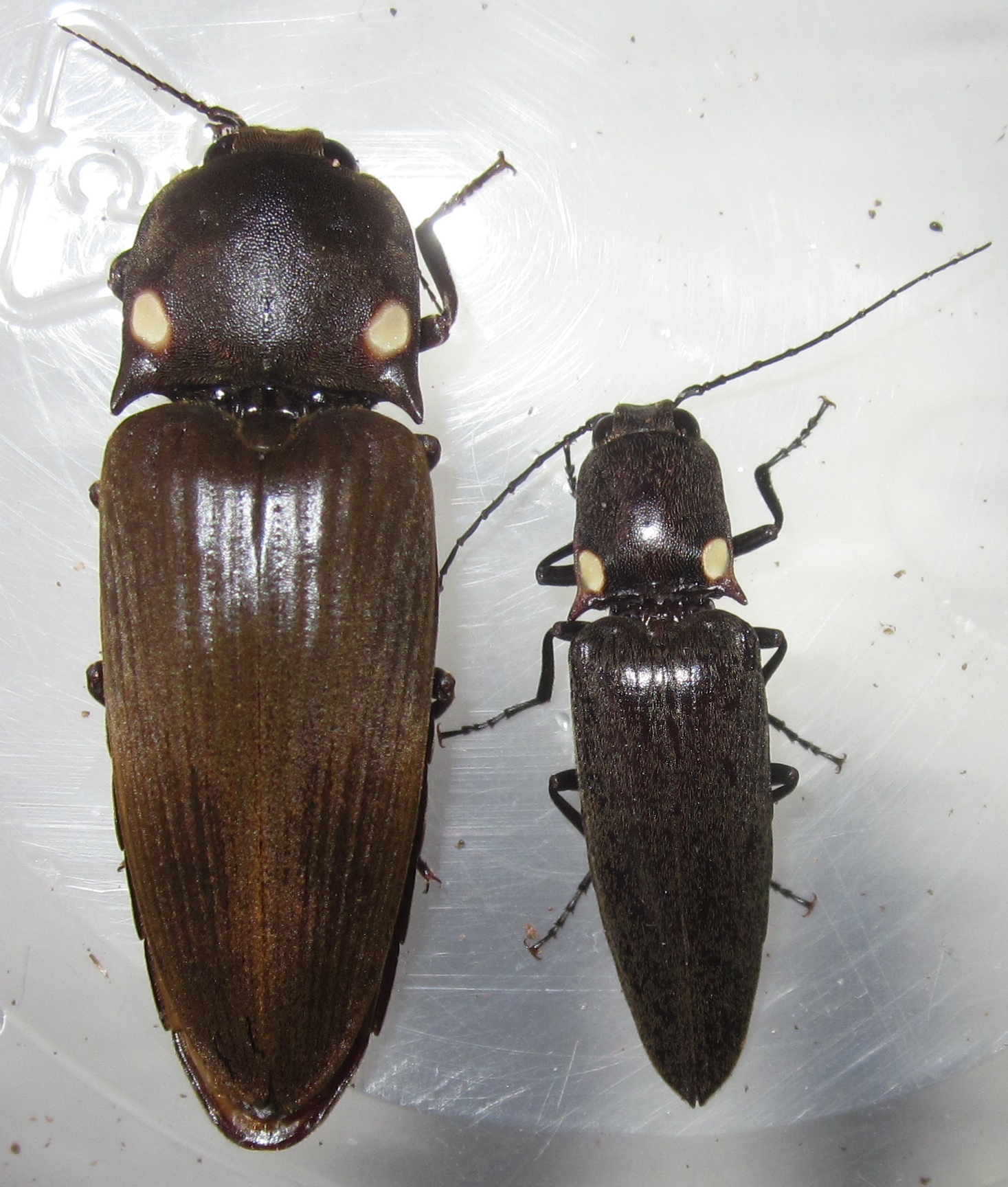
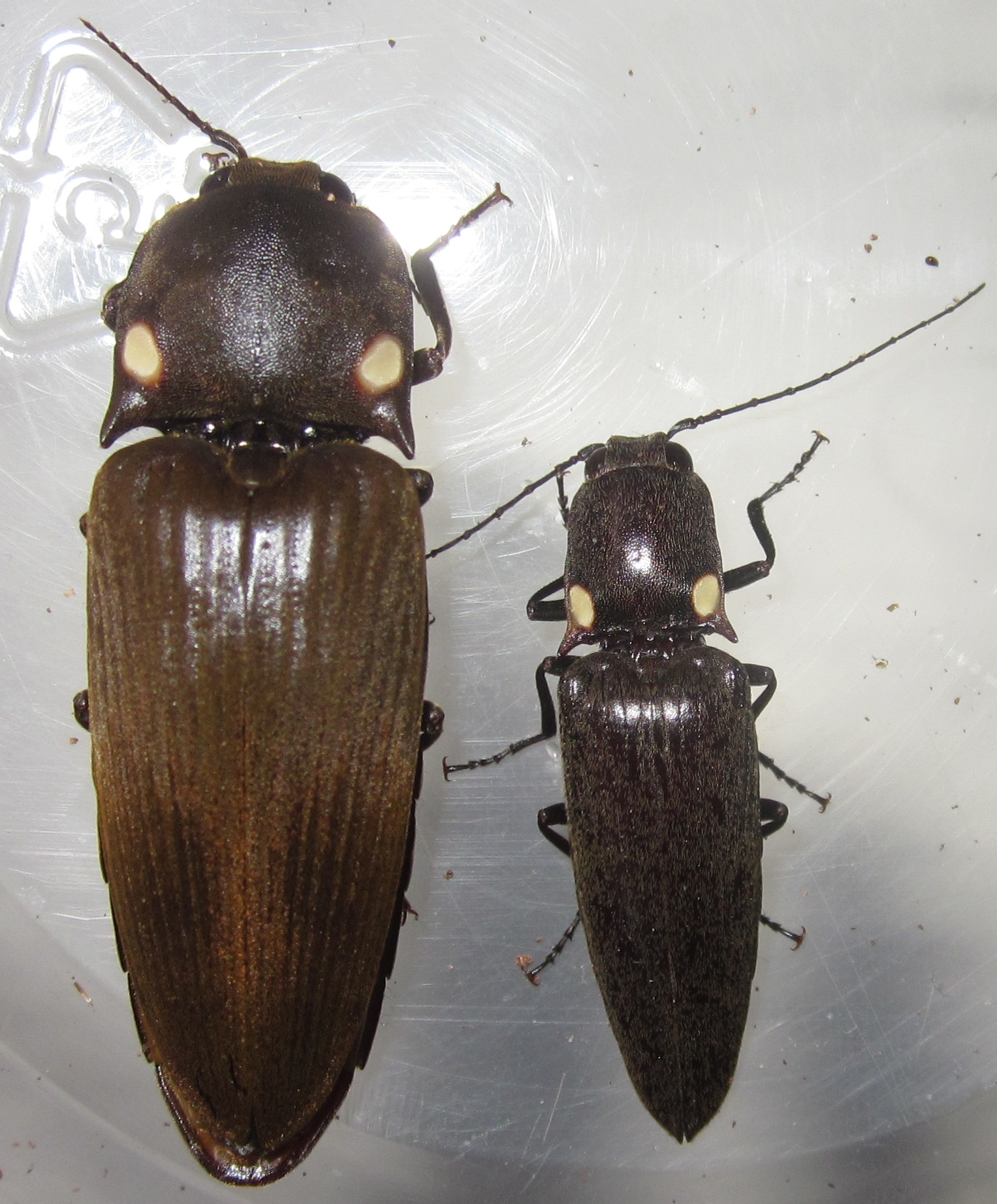
Interestingly, unlike our other native Pyrophorini, these beetles have little pointy extensions to their elytra, and are also sexually dimorphic, with males having generally thinner body shapes and longer antennae than females, (most Pyrophorini seem to lack any sexual dimorphism). Here are some pictures of an adult male:
And now here's a female:
Now here is an adult male doing his thing, glowing from those two pronotum spots!
Here is an L1, CB larva:
And lastly, here is a size comparison between my largest Pyrophorus noctilucus adult (left) and my largest Ignelater havaniensis adult (right):
Last edited by a moderator:
